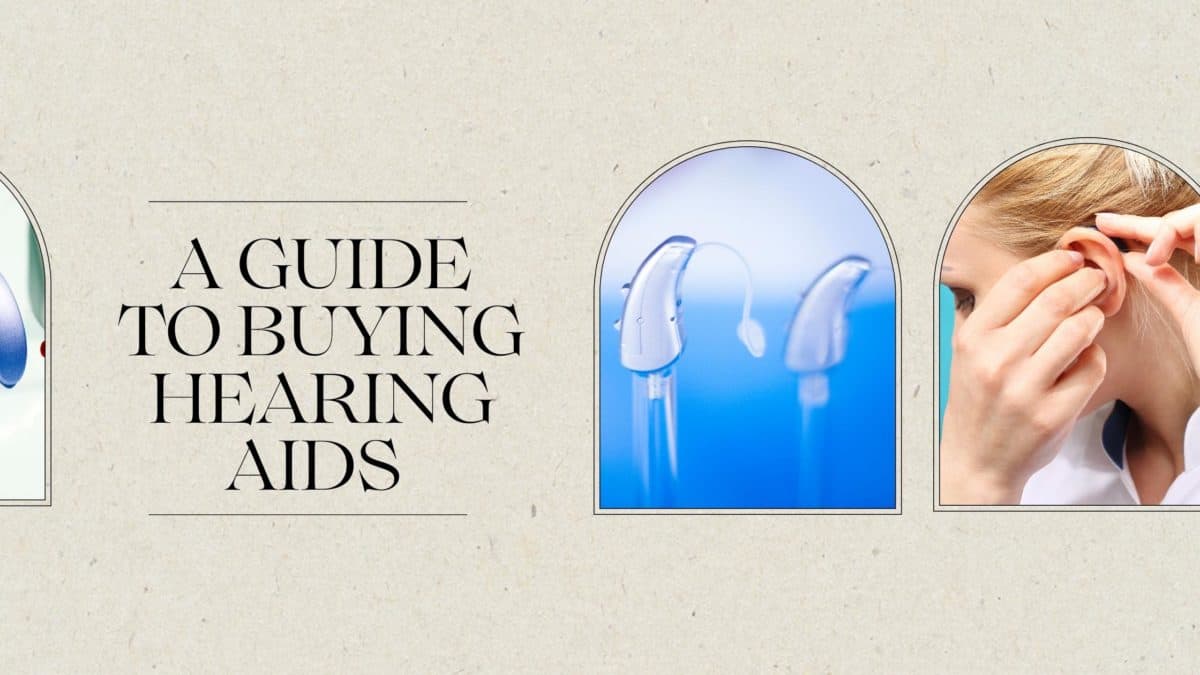- Pesticides Affect Hearing in Farmers - September 2, 2024
- Hearing Loss is #1 Disability for Veterans - August 1, 2024
- Untreated Hearing Loss linked to Dementia - July 1, 2024
Choosing to invest in your hearing health is a brave and wise choice. Congratulations on taking the first steps to find more ease in hearing and embracing the full vibrancy of life. Acknowledging hearing loss can be challenging — it’s a difficult condition to self-diagnose — and working with a hearing specialist you trust will help you with these next steps of your journey.
Even the most eager among us might find the process overwhelming or confusing. And that’s perfectly natural! No one expects you to become an expert overnight.
While our team is a great resource for your questions or concerns, preparing for your search with additional education can ease anxiety and help you to determine your own priorities. At the very least, the following guide should send you into the process knowing which questions to ask.
Hearing Aids 101
All hearing aids consist of three essential parts: the microphone, amplifier, and speaker. In practice, the microphone will pick up sound from your environment. The amplifier dials up the volume on that sound and the speaker (technically called the ‘receiver’) delivers it into your ears. All hearing aids will also require power from batteries, and many models today have rechargeable battery options.
Hearing aids work to increase the level of sound information your brain receives. When hearing loss occurs later in life, it is likely because of aging or excessive noise exposure. In those cases, the fine cells of the inner ear decline or are damaged. These cells are responsible for receiving sound information and transmitting it to the brain. When we lose these cells, they are lost forever as they don’t regenerate or repair themselves. Our brain receives less sound information and we ‘hear less.’
Hearing aids restore sound information to the brain by amplifying the sounds around us, making it easier for our brains to ‘hear’ and filling in some of the gaps we’ve lost due to degenerated inner ear hair cells.
Digital vs. Analog
Today’s hearing aids are not the same as those your parents or grandparents might have worn. With each passing year, technology improves considerably to result in smaller, more powerful, and more accessible hearing solution choices. The most notable difference of today’s hearing aids is that they have digital sound processing.
In analog hearing aids, all sound picked up by the microphone is amplified equally and delivered to the ear via the speaker/receiver. In digital hearing aids, the sound is picked up by the microphone and translated into digital information.
With digital hearing aids, instead of amplifying everything, the digital code is analyzed and filtered according to your hearing loss, programs, and/or listening needs, and the levels of sounds around you. This means that speech clarity is enhanced while background noise is limited, resulting in a much clearer, crisper listening experience.
Hearing Aid Styles
There are many different styles of hearing aids available from virtually invisible devices that sit entirely within your ear canal, to devices that situate the speaker within the ear while the microphone and amplifier sit discreetly behind the ear and some that fit behind your ear that is attached to tubing that allows the sound to travel through a custom earpiece to your ear canal.
The type of hearing aid you choose will depend on a few things; smaller (more invisible) hearing aids typically work best for mild to moderate hearing loss. Larger, and thus more powerful, devices are more suitable for severe cases of hearing loss.
Dexterity is another facet to consider when choosing hearing aids because you’ll want to make using your hearing aid as easy as possible.
Consider your tech style
As technology progresses, more and more technological upgrades and add-ons exist. Most hearing aid models can be paired with an app for your smartphone, allowing you to change programs and even track your usage and history. Some apps even allow you to find your hearing aid if you have lost them.
With Bluetooth technology hearing aids can be paired with smartphones, tablets, and some other devices that are Bluetooth-compatible. Connectivity is contingent upon the hearing aid and the smartphone. All main brand hearing aid manufacturers offer a TV device that can transmit sound from your TV wirelessly to your hearing aids. Wireless microphones are also available. Maybe this sounds exciting to you! Or, this might sound intimidating to you. Be realistic and honest about your capabilities with new technology because bells and whistles won’t mean much if it means operating your hearing aids is overwhelming.
We’re Here to Help
We at Welsch Hearing are here to guide you, and the odds are that we’ve heard your question before, so don’t hold back on vocalizing any part of the process that feels confusing or unclear to you. We help people find solutions for better hearing all the time and we encourage you to ask any questions you might have. Contact us today to schedule an appointment.

